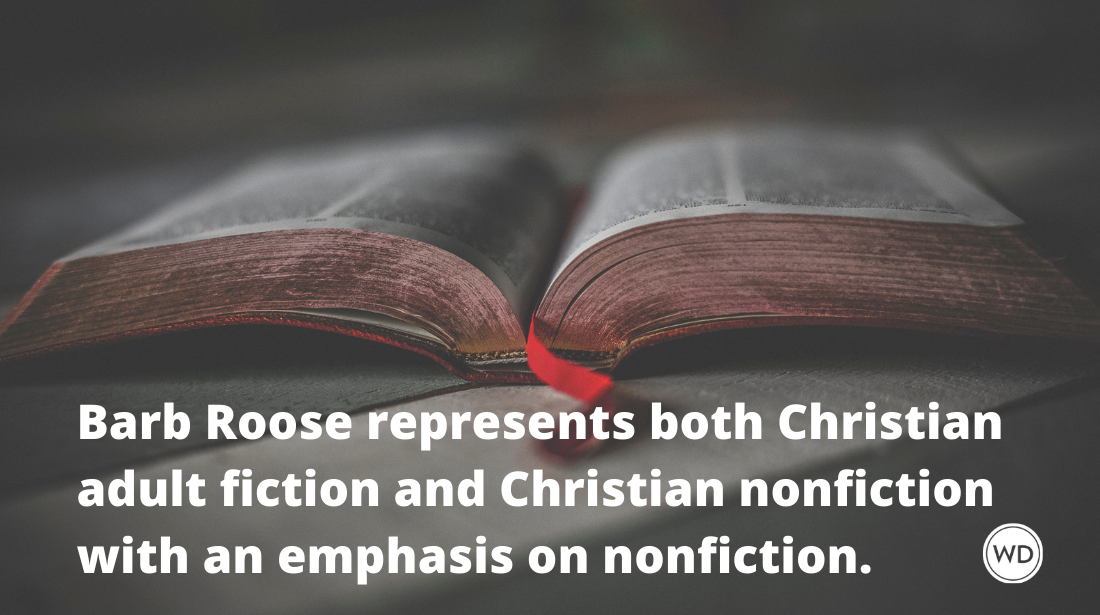The Advice I Needed Most as a New Writer (But Never Got)
Thomas W. Young, author of military thrillers such as SILENT ENEMY, shares advice for new writers that he wished he would have received.
Maybe I'm just dumb. But through years of creative writing classes and workshops, it took me forever to understand what lay at the heart of a good plot: conflict, conflict, conflict. Sure, we bandied the word about as we critiqued one another's writing. But no one ever defined it in terms of how a writer uses it as a foundation for plot. In all those classes, we talked about dialogue. We talked about description. We talked about characterization. We split hairs over just the right word.
All that's fine. In fact, you have to get that stuff right. But if you worry about those things before you've defined your conflict, you're putting finishing touches on something you haven't really started.
Order a copy of Thomas W. Young's Silent Enemy today.
In any fiction, from a war novel to a romance, you have to begin by asking questions like these:
-- In my character's world, what's wrong that needs to be put right?
-- What does my character want, and what's keeping him from getting it?
-- What has messed up my character's life and sent him on some kind of journey?
Not all these questions will necessarily apply to whatever fiction you're writing, but at least one of them, or a variation, must.
Novice fiction writers often begin by saying, I want to write about this special place. Or, I want to write about this type of person. Or maybe, I want to write a novel about a certain activity. Sailors in the North Atlantic, perhaps. Race car drivers in the Deep South. Skydivers. (More on that one in a moment.)
That's just setting and characterization. If you don't have anything else, you're better off writing creative nonfiction or even poetry. Fine literary forms, both. But fiction requires a problem to solve, a need that must be met. How your character solves the problem or meets the need--or fails to--becomes your plot.
Even children's literature fits that template. (Dick and Jane want to go to the park. Dick's bicycle has a flat. How are they going to get there?)
In fairness to my old creative writing teachers, maybe they didn't explain it this way because they thought it was obvious. But it's not obvious to all of the slow learners like me.
Twenty-odd years ago in a college creative writing class, I wrote a short story about skydivers. I was a sport parachutist at the time, and the subject interested me so much I wanted to write about it. But that's all I had--just a setting at an airfield and characters who jumped out of airplanes. Conflict? We don't need no stinking conflict. We got skydiving. Isn't falling out of the sky enough tension? Not if it's routine for the characters. The professor told me I was, at best, a good reader.
That comment hit me as if I'd smacked into the ground at terminal velocity. And it wasn't even helpful. The professor never did describe what was lacking in a way I could understand.
Eventually I got to use that old enthusiasm for parachuting when I created the character of Sergeant Sophia Gold, U.S. Army, 82nd Airborne Division. You can find her in The Mullah's Storm and Silent Enemy. She has a lot more jumps in her logbook than I do, and she has even bigger troubles than parachute malfunctions. If she didn't have those troubles, I wouldn't have a novel.
The ancient Greek playwrights and epic poets pretty much had it wired. If you use some of their classic plot lines, you can't go too far wrong. (Hero proves himself against a formidable enemy. Hero faces struggles on long journey home. Hero saves his community. Hero uncovers some hidden truth. Hero goes on a quest for a treasured item.)
Those timeless story structures often include a moment when all hope is lost, when the hero nearly gives up. Once he or she breaks through that low moment, there's no going back, and the main character is acting rather than reacting.
As Homer himself might have put it, you must be a cruel god to your characters. Start by giving them a tough problem to solve. Make it so bad that success seems impossible. Then, stick in a twist that makes things even worse. Say, your hero's parachute fails. No worries--she'll pull the reserve. But what if that one's bad, too? Your readers will really want to know what happens next.
Thomas W. Young's latest thriller is Silent Enemy (August 2011, Putnam). Young is a flight engineer with the Air National Guard, and he has served in Iraq and Afghanistan. His previous novel, The Mullah's Storm (September 2010, Putnam), became a Book of the Month Club Thriller of the Month and an Indie Next List Selection, and is being translated into Dutch, Czech, German, Polish, and Japanese. See his website here and Facebook here.







